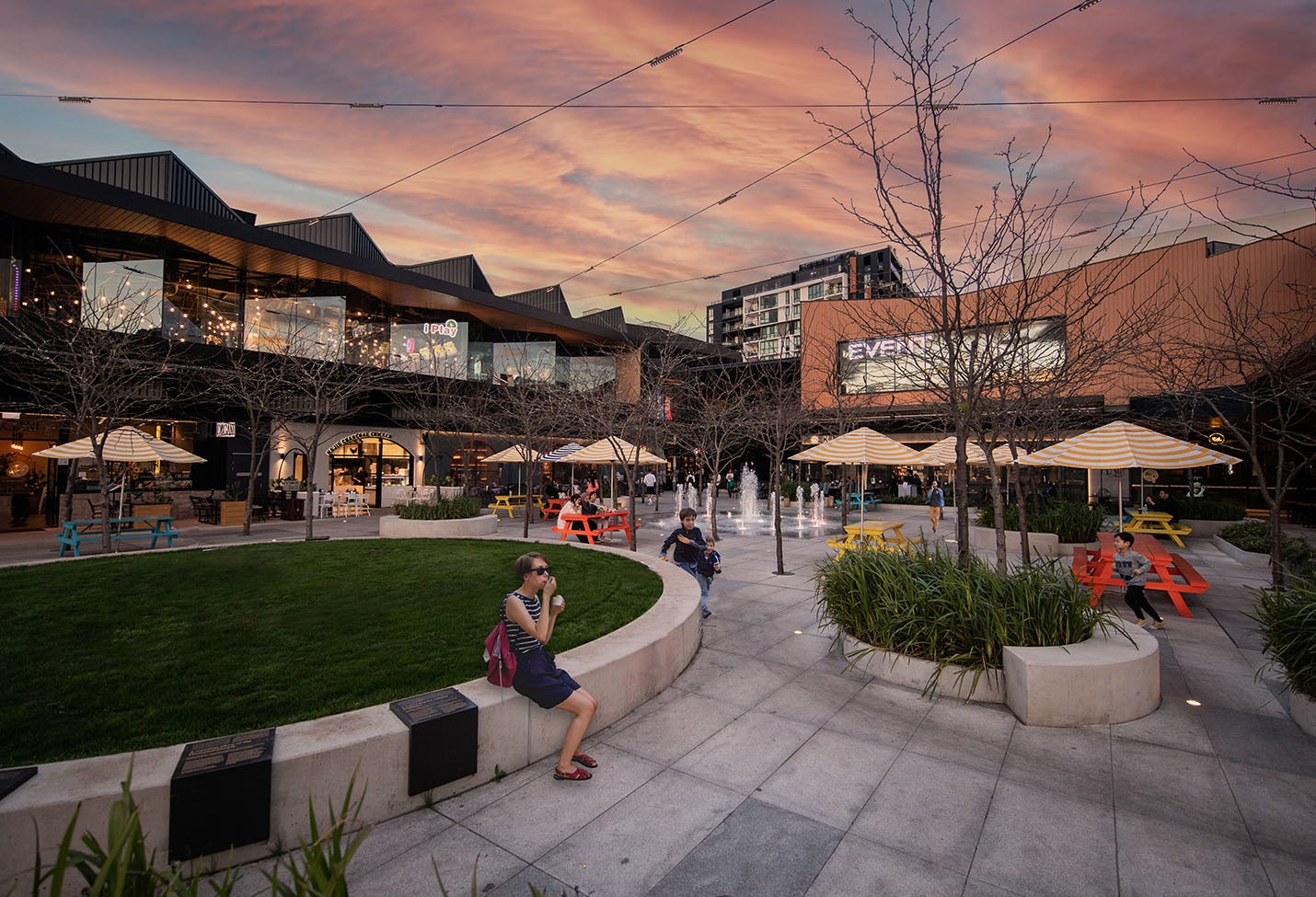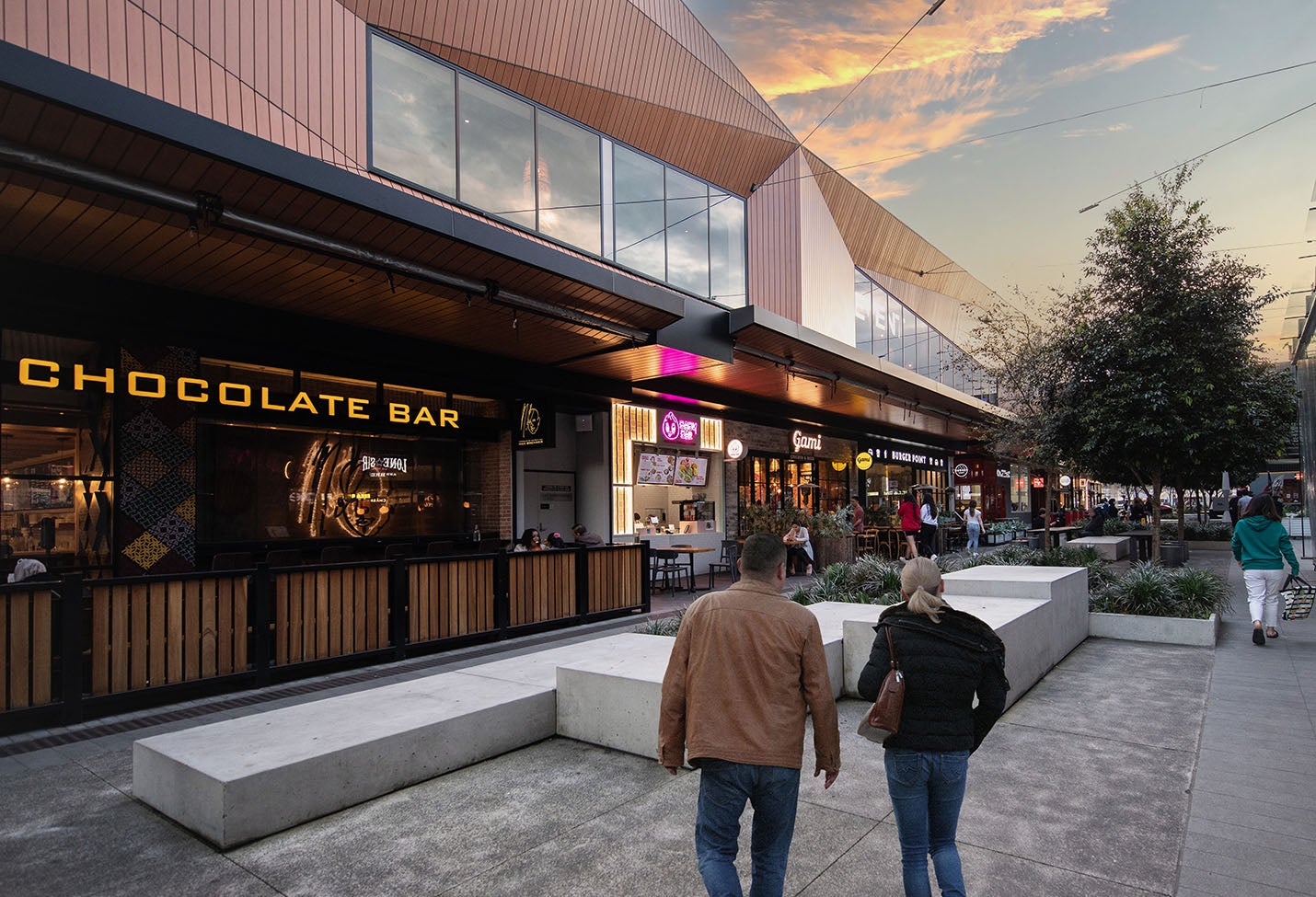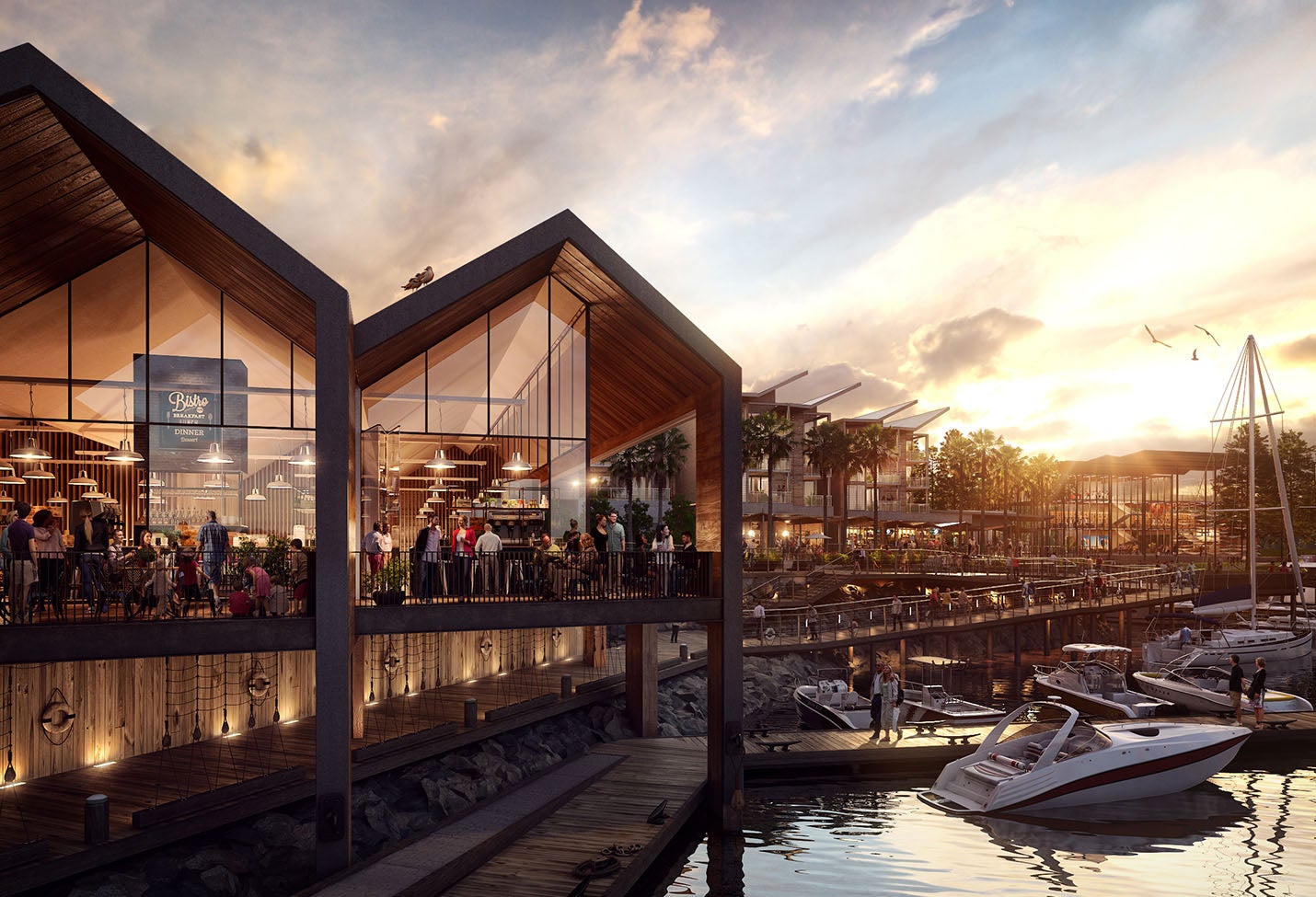
An Antidote to Loneliness: Wellness-Driven City Design That Traverses Generations
COVID-19 has exacerbated feelings of loneliness in communities around the world and, with an estimated 33% of adults experiencing loneliness in their lifetime, wellness-driven city design is more critical than ever before. By 2050, the United Nations predicts that 68% of us will be living in urban areas, up from 56% today and, as architects, it is our collective responsibility to sincerely factor physical and mental health into the design of cities and town centers.
World Cities Day is, for me, a time to reflect on the communities and inspired places that we have designed and delivered at HDR over the years, but also challenge my own city-shaping assumptions so that we continue to subvert civic norms, innovate across all sectors, and build healthier, resilient, wellness-driven neighborhoods and town centers.

A Healthy Town Center
But what makes a healthy town center in 2022? For me, it is not just about shops, housing and the public domain, but about how these elements are interwoven to create a communal ‘home’ where people feel welcome. Not only this, but it is about taking our design dialogue beyond architecture and beyond city-shaping to consider how obesity, social isolation, inter-generational connectivity, loneliness, mental health and equality by diversity can drive meaningful and authentic design outcomes now and in the future.
With this in mind, we have a unique opportunity to improve the spaces we design and foster healthier, happier, more connected communities who engage with their town center and, most crucially, with each other as part of their daily routines. As social researcher Hugh Mackay said: "The biggest contributor [to loneliness] is social fragmentation. Humans are social animals, and we need communities.”

Live, Work & Play
It was this realization that drove the design and delivery of Ed.Square Town Centre in Edmonson Park. In a climate where mental ill-health is on the rise, we envisioned creating a neighborhood that acted as a true antidote to loneliness – a place where connections are made, and dichotomies of spaces and people converge.
The master planning and design was underpinned by permeability, walkability, health and wellness – all woven around a green, pedestrian ‘spine’ that would transform the space from civic to communal and enter the ‘home’. Located at the spine’s center, we designed the Town Square as a shared ‘living room’ and beating heart for the community to mingle, Eat Street as an intimate, yet vibrant tree-lined public ‘dining room’, and Main Street as a ‘backyard’ for the community to congregate, enjoy family play and participate in community events.

Today, we have achieved just this. The 25,000 m² mixed-use development provides community, retail, leisure and living to one of Australia’s fastest growing populations in South-west Sydney and the town center acts as a wellness-driven urban epicenter for the community. Most importantly, it’s a collective and authentic ‘home’ for the diverse neighborhood of Edmonson Park.
At every stage of the design and delivery journey, we challenged our pre-existing assumptions to create a healthier, more connected, and sustainable 6 Star Green Star hub that is the true embodiment of live, work and play – a "third place" that brings inclusiveness, inter-generational care, societal cohesion and diversity to the forefront of design outcomes.
A Blue Heart
In another example of wellness-driven architecture, our HDR-designed Shell Cove Town Centre caters to Shellharbour’s burgeoning seaside community. The new town center orients commercial, residential and leisure facilities around the area’s prized assets – its blue heart and the new 270-berth Marina.
Inspired by Shellharbour’s natural beauty and unique coastal lifestyle, our master planning and design is centered around diversity of built form and materiality to create a contemporary coastal narrative and pedestrian-friendly, memorable heart for the community that is deeply integrated into its local setting. Brought together in a holistic urban strategy that creates more than the sum of its components, today the in-shore harbor and its surrounding waterfront precincts encompass the town center which delivers a mix of pedestrian-focused public domain, foreshore dining, kids’ beach, shopping, cafes and parklands for its community.
Like Ed.Square Town Centre, we have designed and delivered an inter-generational neighborhood – for families, for young people and the mature generations – that seamlessly blends public and private domains and enables social cohesion and paradigm-shifting coastal placemaking.

Key Ingredients
I often get asked what the key ingredients are to designing a town center that combats loneliness and creates a healthy and sustainable community, so I thought I’d share some of my go-to architectural design principles.
Firstly it needs a town and a center to form the beating heart of civic pride and create a communal gathering space for the community. And it should:
- Be permeable in that it connects and opens out to champion integration and walkability.
- Embrace multi-generational living and social initiatives that promote inclusion, diversity, cohesion and wellbeing.
- Play with height, shapes and forms to anchor or frame views of importance and guide the eye to separate places.
- Pay homage to its setting. It must be guided by Designing with Country principles, and be embedded within its ecological, geological and knowledge systems.
- Be sustainable and resilient. It must be connected to public transport, integrate with nature and be founded on passive environmental design principles to allow for affordable longevity.
- Foster impromptu play and incidental connection to ignite conversation and community between people from all walks of life, ultimately forming a sustainable social patchwork.
I like to look to global examples such as the HDR-designed transit-oriented community of Peña Station NEXT, Rodney Cook Sr. Park, which serves as a catalyst for neighborhood revitalization, and Focal Point Community Campus for inspiration.

An Experience 'Arms Race'
Building a sense of authentic community and place is no easy feat, but when these design principles work in harmony a healthy, happy and sustainable town center can be truly realized. Today, architecture is a mechanism for positive change and we know that a diverse retail and entertainment offering, quality amenities and convenient connections in a stimulating, welcoming, walkable environment can indeed create a town of more fulfilled people. It’s an experience ‘arms race’, not an amenities ‘arms race’, and these lessons learned can be replicated around the world.
As seen in InDesign.




